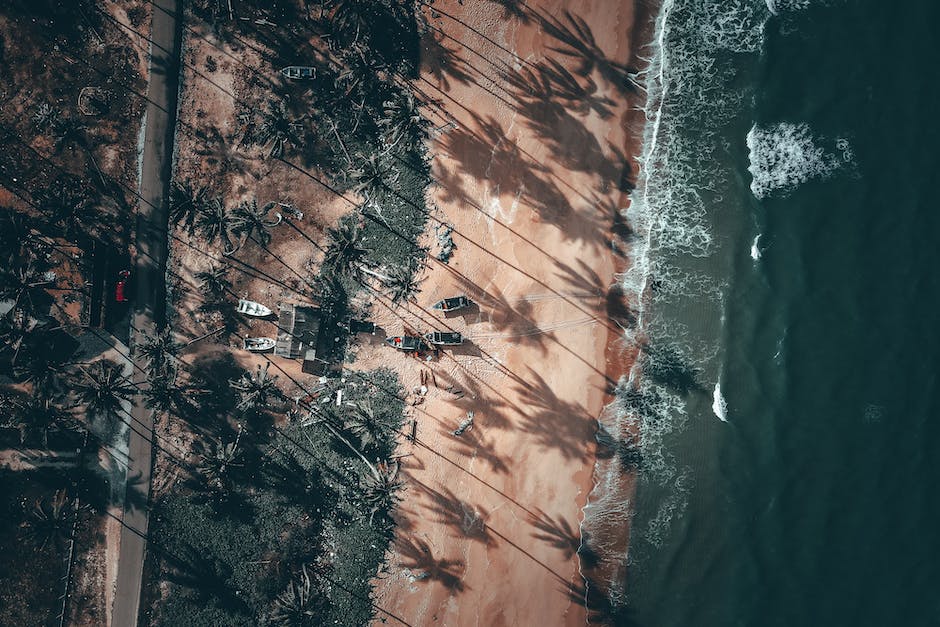There are several ways to treat frizzle top in palm trees. One is to remove the affected leaves. Another is to apply a fungicide.
To treat frizzle top in palm trees, there are a few things you can do. First, make sure the tree is getting enough water. If the tree is drought-stressed, this can cause the leaves to frizzle. Second, fertilize the tree with a palm fertilizer to help it get the nutrients it needs. Third, if the tree is infected with a fungus or bacteria, you may need to treat it with an fungicide or bactericide.
What is frizzle top on a palm tree?
Frizzle top is a condition in palm trees as well as Sago palms that causes newly emerged leaves to become yellowed, frizzled and distorted The condition is caused by a deficiency in Manganese (Mn), a micronutrient needed by Sago’s. Sago palms are native to Japan and Korea and have been introduced to other parts of the world, including the United States. The palms are popular houseplants and are also used in landscaping.
Manganese sulfate is a micronutrient that is essential for the proper development of plants. It is particularly important for the formation of chlorophyll, which is necessary for photosynthesis. Manganese sulfate can be applied to the leaves of plants to correct a deficiency, or it can be mixed into the soil to prevent a deficiency from occurring.
What is growing out the top of my palm tree
Lichen is a type of symbiotic organism that is made up of algae and fungi. It grows on the surface of other plants, rocks, or trees and does not harm the palm tree it is growing on.
To prevent the spread of leaf spot fungi, it is important to have the most infected fronds pruned away and to apply fungicides to the remaining leaves. Additionally, try fertilizing your palms to boost its vigor and help it fight off the fungi more effectively.
Do palm tree tops grow back?
When it comes to severing off the growing tip, or better known as the ‘crownshaft’, of any single-trunk palm species, this will effectively terminate the tree altogether. The trunk will not be able to sprout a new growing tip in place of the old missing crownshaft.
Seed pods can be removed from palm trees for aesthetic or practical reasons. If you remove the seed pods, you won’t have to worry about the mess they can make when they fall off the tree.
What are the signs of magnesium deficiency in palm trees?
Magnesium (Mg)-deficiency is a common problem on palms, and usually appears on the oldest leaves as broad chlorotic (yellow) bands along the margins with the central portion of the leaves remaining distinctly green (Figures 1 and 2). The problem is often more prevalent on older leaves because of their greater surface area and because Mg is mobile within the plant, so it is preferentially translocated to new growth.
There are many possible causes of Mg-deficiency on palms, including insufficient Mg in the soil, poor Mg uptake by the roots, and leaching of Mg out of the soil due to high water table or excessive irrigation. Addressing the problem can be difficult, but in many cases it can be alleviated by applying a fertilizer that contains Mg, such as Epsom salt (magnesium sulfate).
Epsom salt is a key ingredient in increasing the magnesium levels in the soil for palms. This is because palm trees need higher amounts of magnesium in order to grow. Many gardeners and farmers use Epsom salt to help improve the growth of their plants.
What are the symptoms of low manganese
There is very limited evidence to suggest that manganese deficiency might cause a number of problems in humans including bone demineralization and poor growth in children, skin rashes, hair depigmentation, decreased serum cholesterol, and increased alkaline phosphatase activity in men, and altered mood and increased premenstrual pain in women. However, more research is needed to confirm these potential effects and to determine if they are caused by a lack of manganese or other factors.
Overwatering your palm tree can lead to a number of problems, including drooping leaves, black spots on leaves and stems, mold on the surface of the soil, and yellowing leaves. If you see any of these signs, it’s important to cut back on watering and allow the palm tree to dry out.
What does an unhealthy palm tree look like?
If you see that the top center stalks of your palm tree are turning brown and/or shriveling, this is a sign that your tree is not healthy. The most common cause of this is lack of water, so you’ll want to make sure that you’re watering your palm tree regularly. You may also want to check for other signs of stress, such as yellowing leaves or wilting, as these can also indicate that your palm tree is sick.
If you see your palm fronds withering and drooping, it’s a sign that the palm is infected with a disease. The older fronds will collapse and droop down the trunk, while new growth is stunted and pale. The head of the palm may fall off or the trunk may collapse.
What is the best fungicide for palm trees
To prevent cold injury and secondary infection in spear leaves, the University of Florida recommends treating the palm heart area with a copper fungicide drench. Copper fungicides are the only ones that can fend off both bacteria and fungi, so they are the most effective option for preventing these issues.
There are a few different ways that you can eliminate tree fungus. One way is to make a vinegar spray by combining one tablespoon of vinegar with one gallon of water. Another way is to make a baking soda spray by dissolving one teaspoon of baking soda into one quart of water. Lastly, you can also make a milk spray by simply spraying milk onto the affected areas.
What is a homemade fungicide for palm trees?
If you’re looking for a good way to treat common houseplant pests, a mix of mild liquid soap and water is a great place to start. Just add a teaspoon of soap per litre of water and you’re good to go. This mix will also work as a great fungicide if you add a teaspoon of bicarbonate of soda to it.
If your area is prone to cold weather or storms, be aware that these can cause damage to your plants. Cold weather can cause plants to lose all their leaves, and strong winds can shred and kill palm leaves. In hurricane-prone areas, it’s a good idea to leave the old skirt of dead leaves on the plant to protect the trunk and crown.
How do you rejuvenate a palm tree
When it comes to palm trees, it is important to make sure that they are receiving the proper amount of water and nutrients. They also need to be planted at the right level so that they can get the right amount of sunlight. If you are pruning them, make sure to only do so after the fronds are dead. Also, make sure to avoid pruning during hurricane season.
This is why you’ll often see large patches of missing bark on palm trees – they can’t heal themselves like other trees can.
Final Words
There is no one-size-fits-all answer to this question, as the best method of treatment will vary depending on the specific type of palm tree and the extent of the frizzle top. However, some general tips on how to treat frizzle top in palm trees include:
– Promptly trimming off any dead or dying leaves, as these can exacerbate the problem.
– fertilizing the tree with a high-quality palm fertilizer to help it regain strength and vitality.
– Applying a@@E@@@hoshield or other anti-fungal treatment to the tree, as frizzle top is often caused by fungal infections.
– Depending on the severity of the frizzle top, it may also be necessary to consult with a professional tree care company or arborist for further advice and assistance.
If you have a palm tree with frizzle top, you will need to treat it with fungicide. You can also prevent frizzle top by properly watering your palm trees and keeping them free of debris.
Mark Hoffman is a dedicated arborist and tree care specialist with over a decade of experience. His love for trees began when he visited Yosemite National Park as a teenager and was awestruck by the giant sequoias. Mark pursued his passion by studying forestry at Michigan Technological University, where he earned a Bachelor of Science degree.
Since then, he has worked tirelessly in the field of arboriculture, helping to preserve and protect trees in his community. His expertise and dedication have made him a respected leader in the industry and a valuable resource for anyone seeking advice on tree care.
